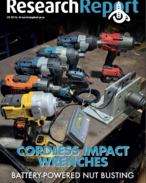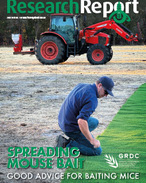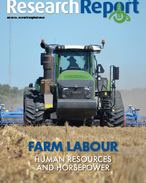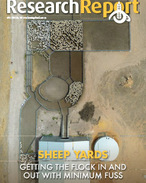This article is 6 years old. Images might not display.
Dr Jeff Cave, District Veterinary Officer for Agriculture Victoria, said something as simple as a discarded lead battery result in the death of some livestock and the contamination of others.
Cave said cattle, in particular, are adept at finding sources of lead poisoning such as old batteries, flaking lead paint, sump oil, and just about any other potential source.
"Often the first sign of lead poisoning is finding dead livestock. Where affected animals are observed they show signs of central nervous system damage such as blindness, dullness, and other nervous signs," Cave noted in a recent Ag News bulletin.
Removing the source of lead is the best cure. However, this does not help those livestock that are clinically affected for whom the prognosis is poor, according to Cave.
Other livestock exposed to lead must not be slaughtered for human consumption until it is confirmed that their body tissues meet food standards.
This can involve costly testing and a considerable period of slaughter restrictions as unacceptable lead levels can persist for many months in stock that have been exposed to lead poisoning.
Cave said different livestock can be curious creatures and can be expert at finding lead, so check for possible problems, particularly before putting stock onto new country.
When checking for lead poisoning hazards, consider other potential livestock poisoning risks.
Take into consideration fencing-off all old and existing rubbish tips as this will ensure livestock cannot graze in these areas.
For further advice contact your local veterinarian or an Agriculture Victoria veterinary or animal health officer, or in New South Wales, the Local Land Services.























